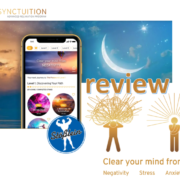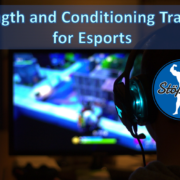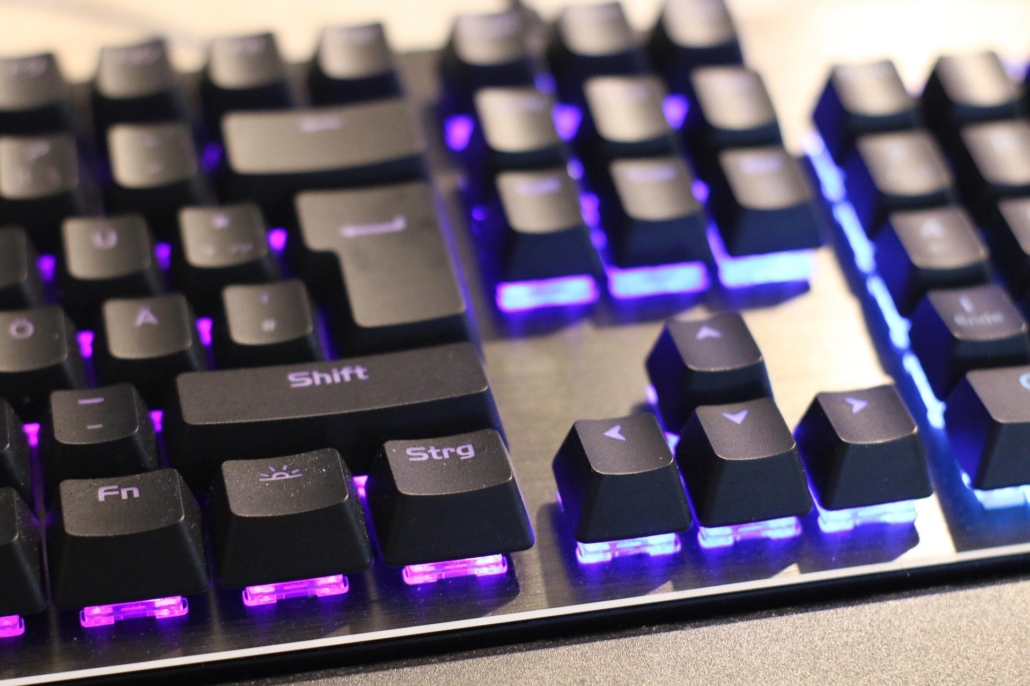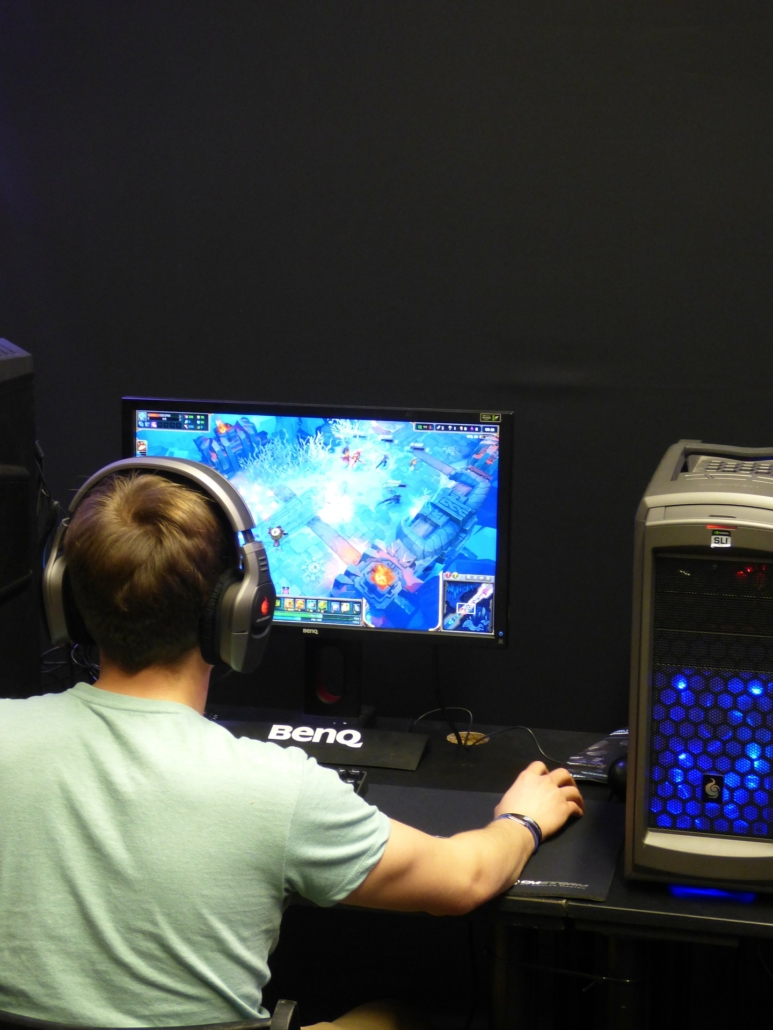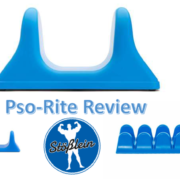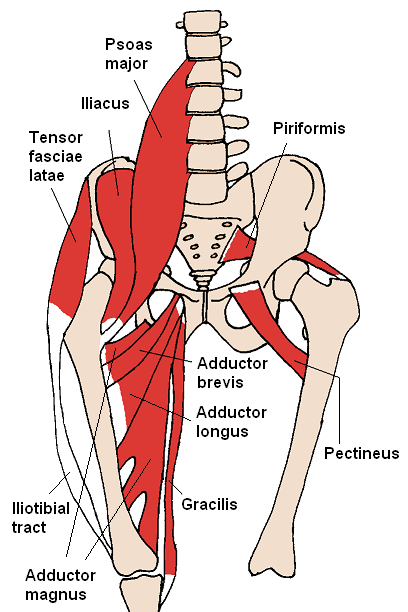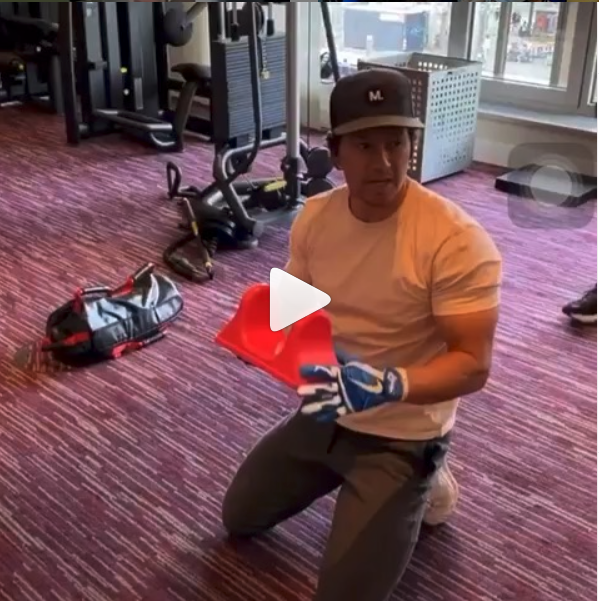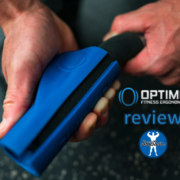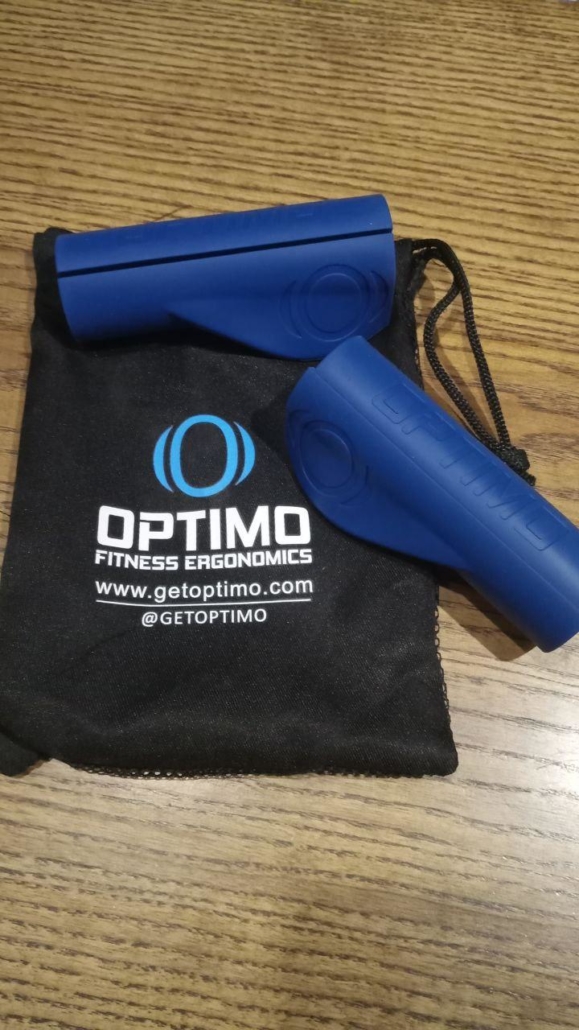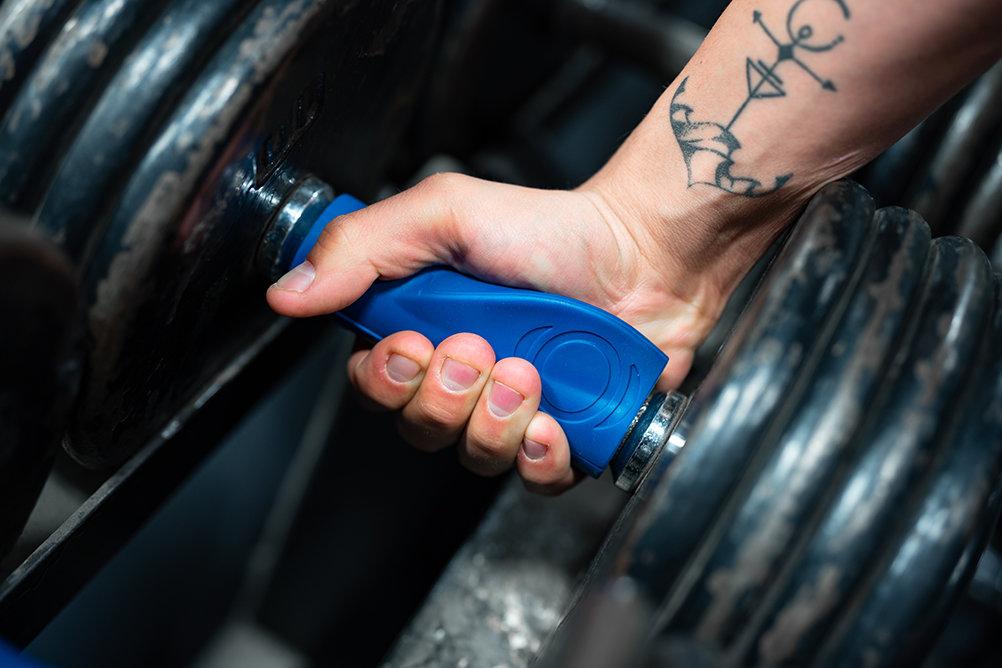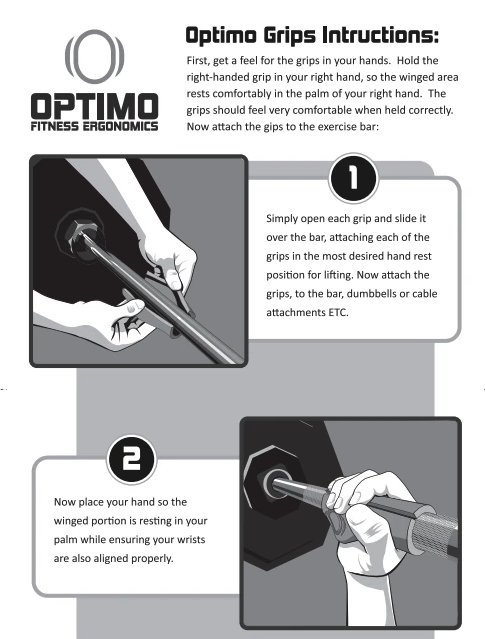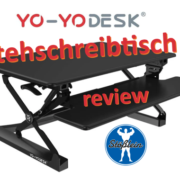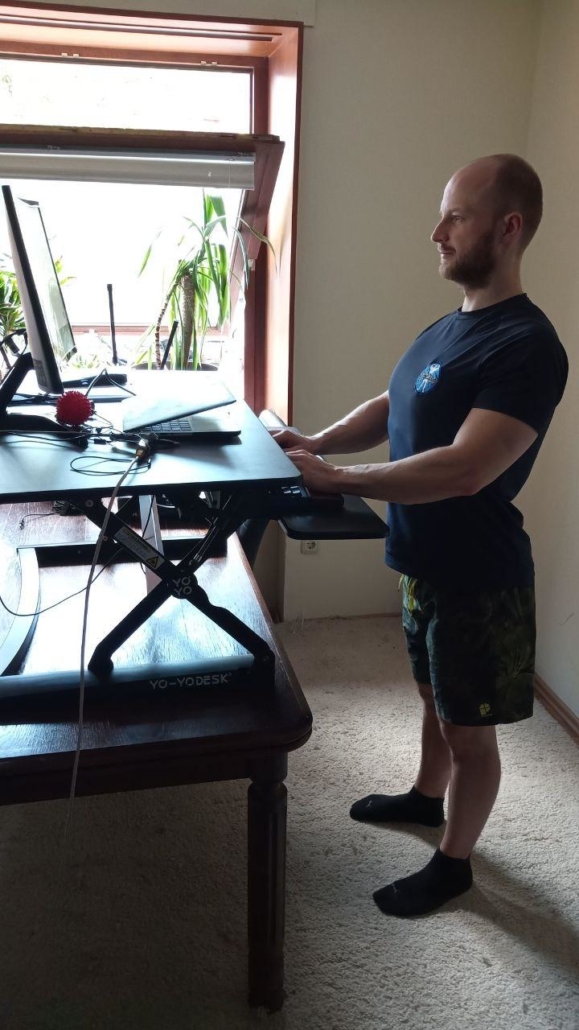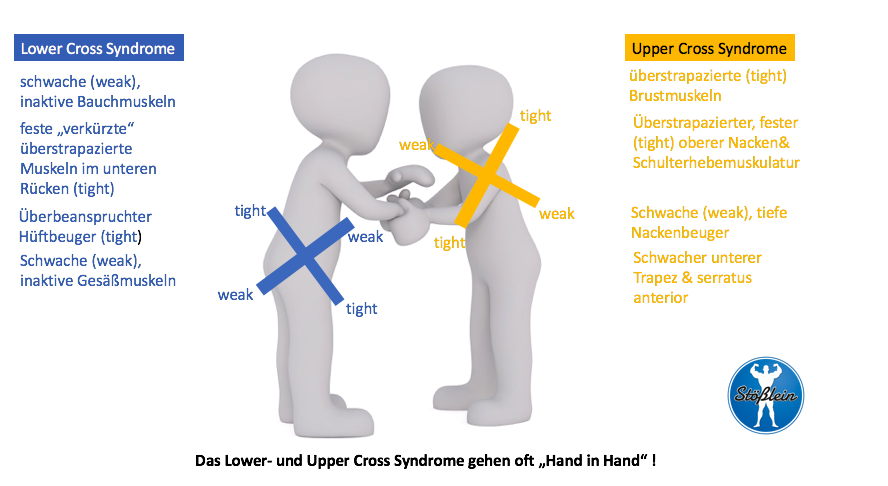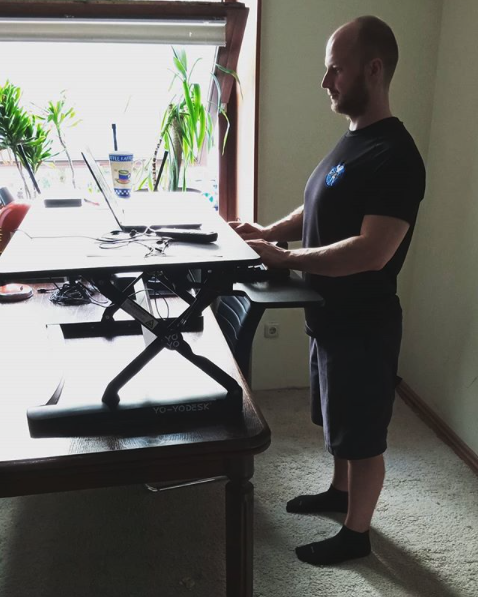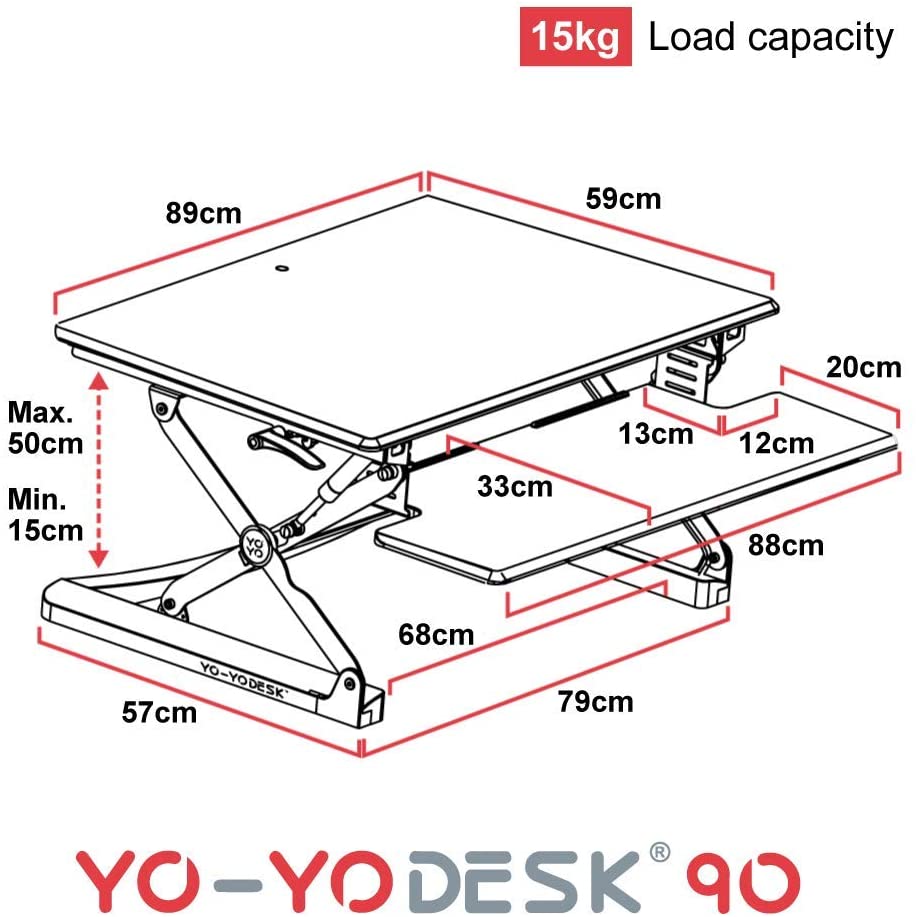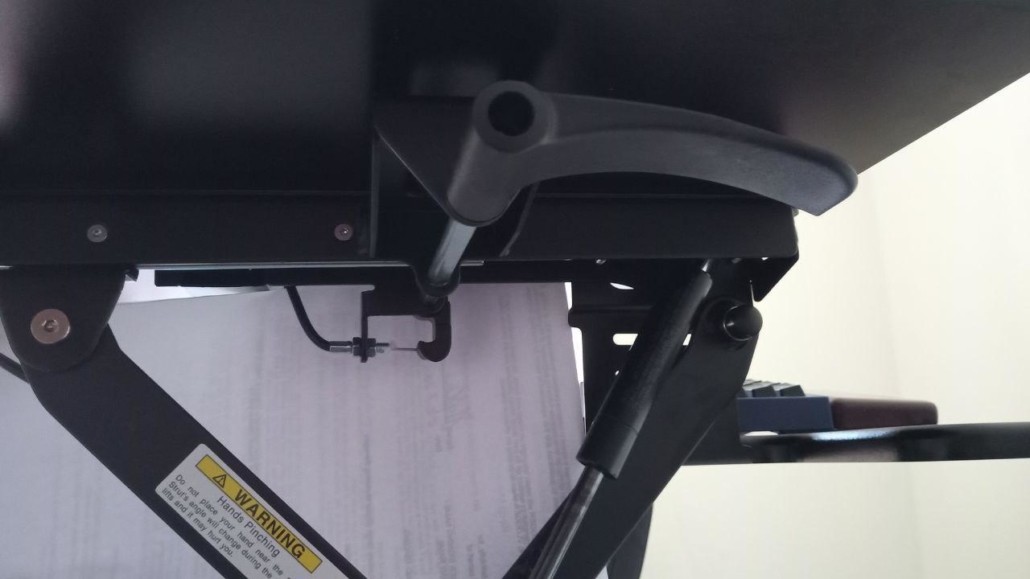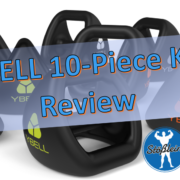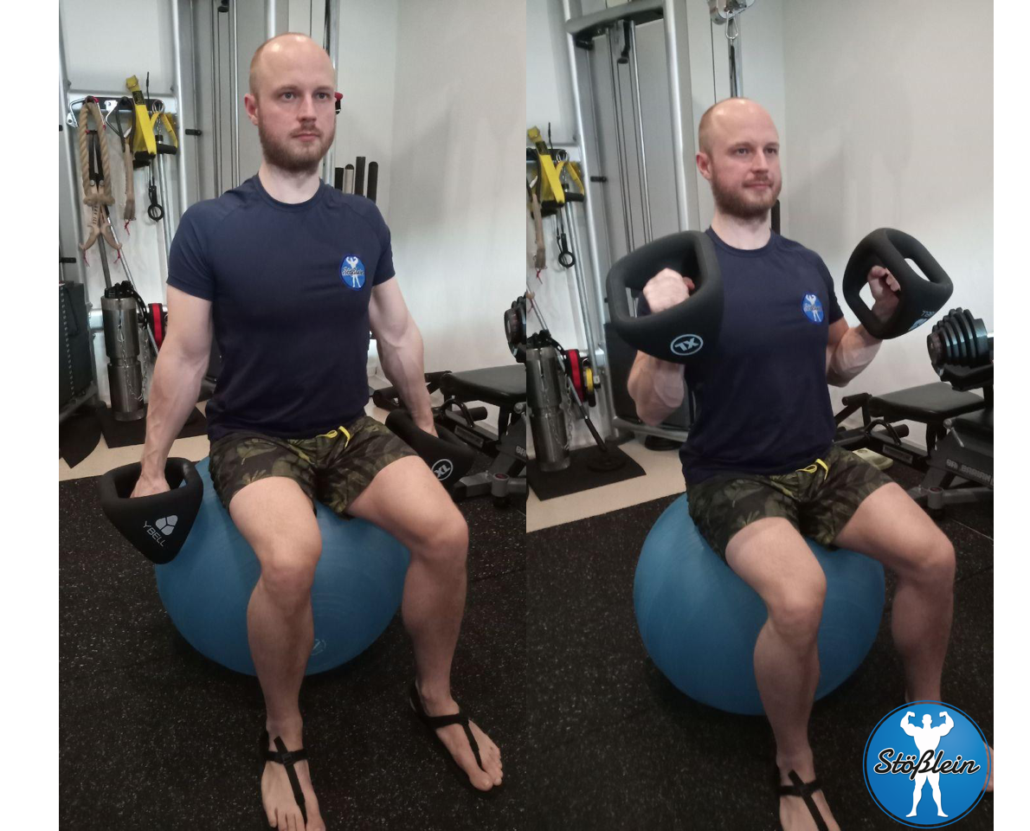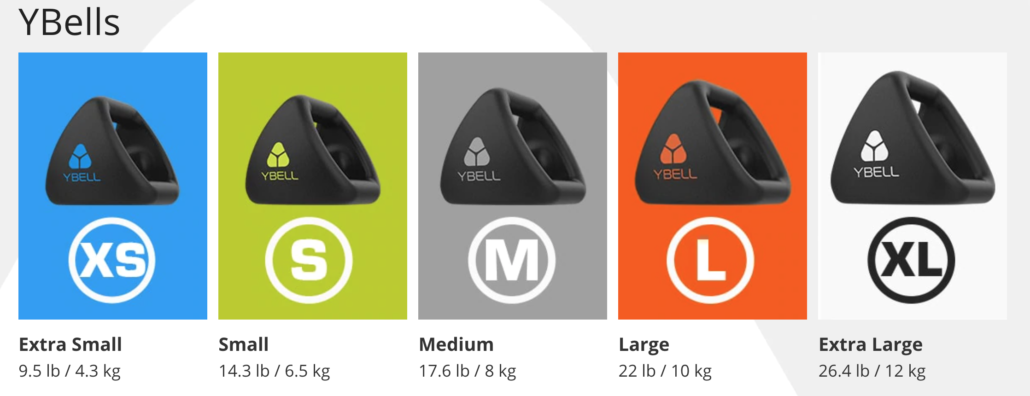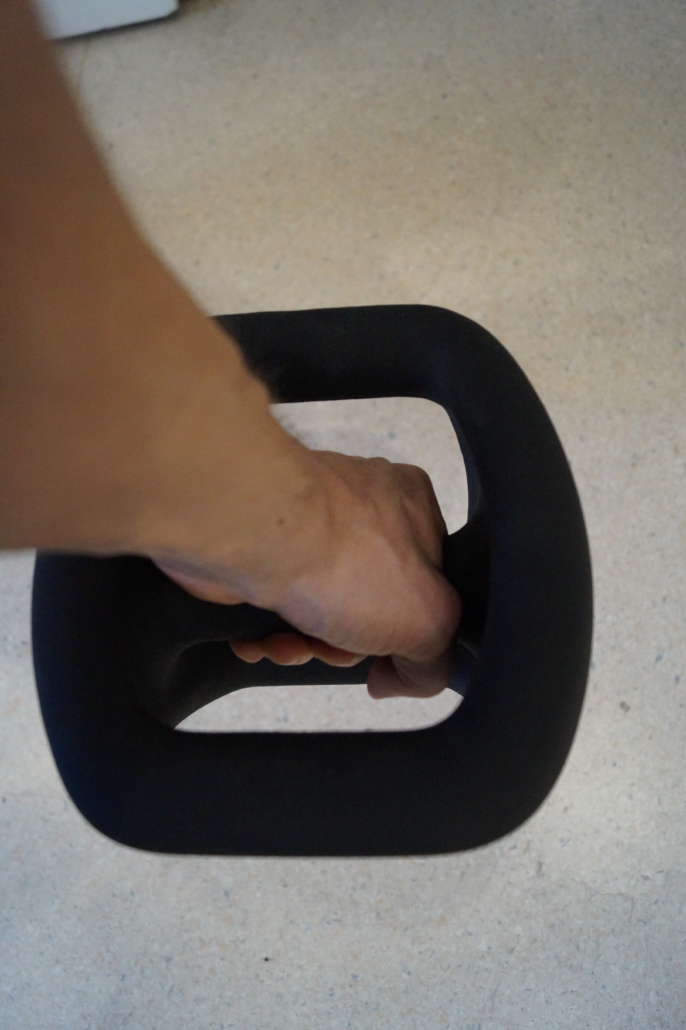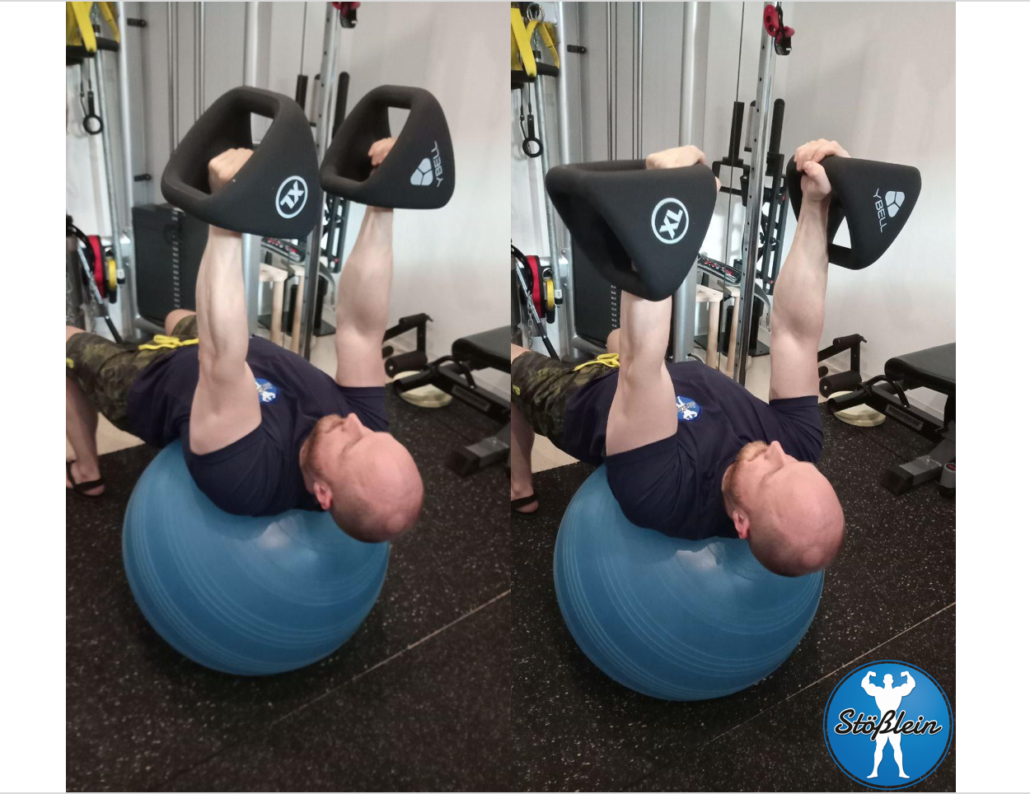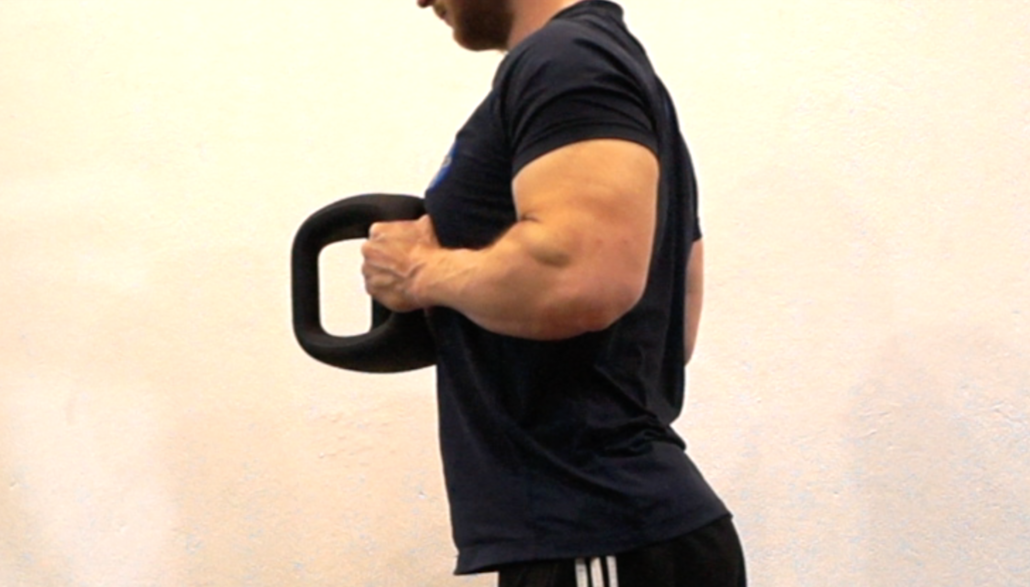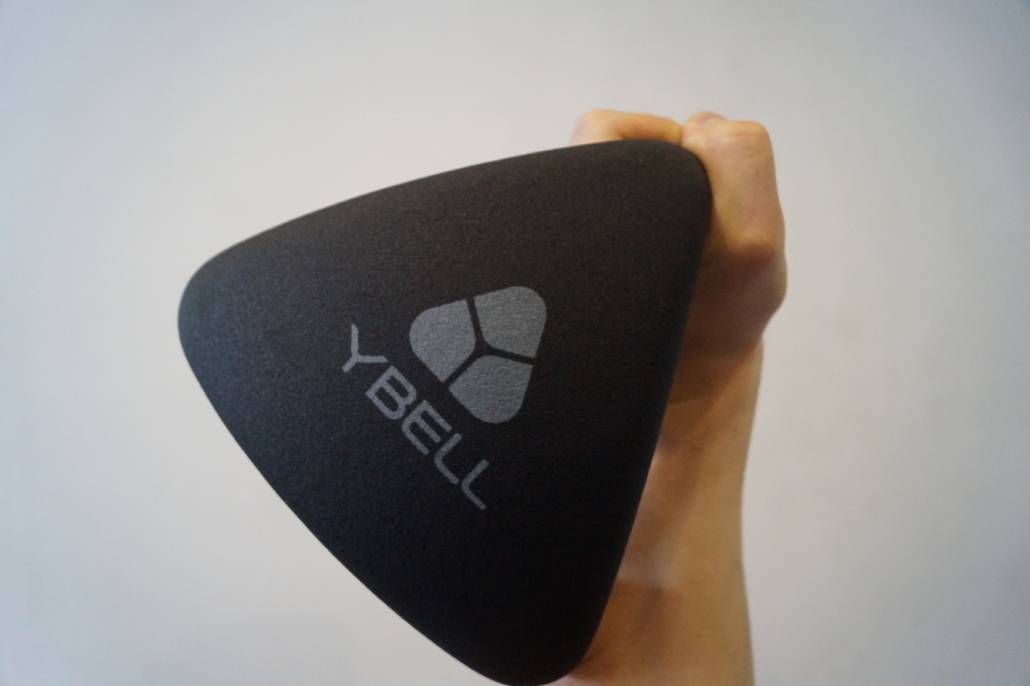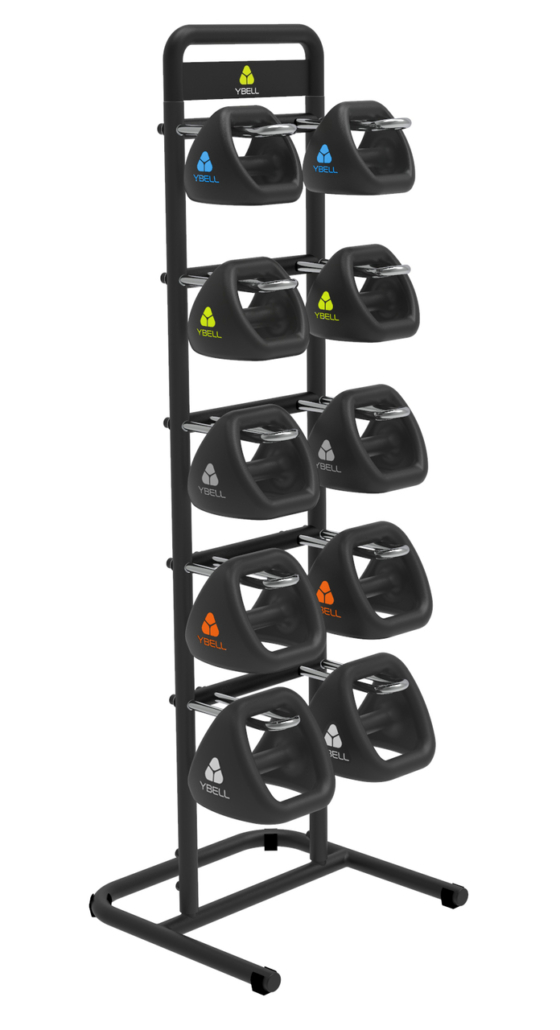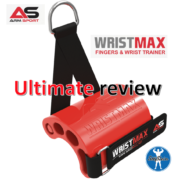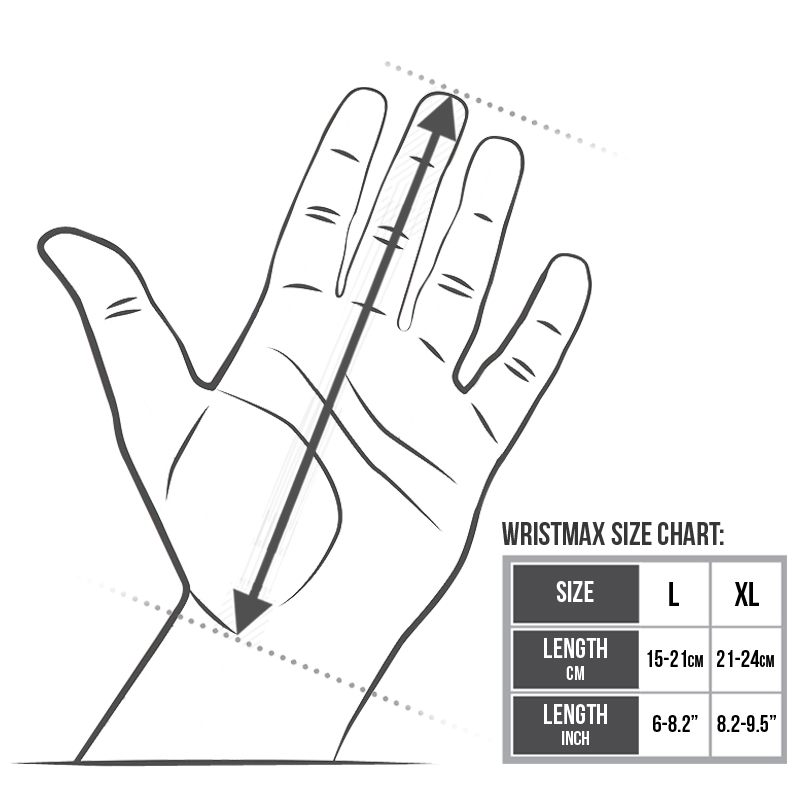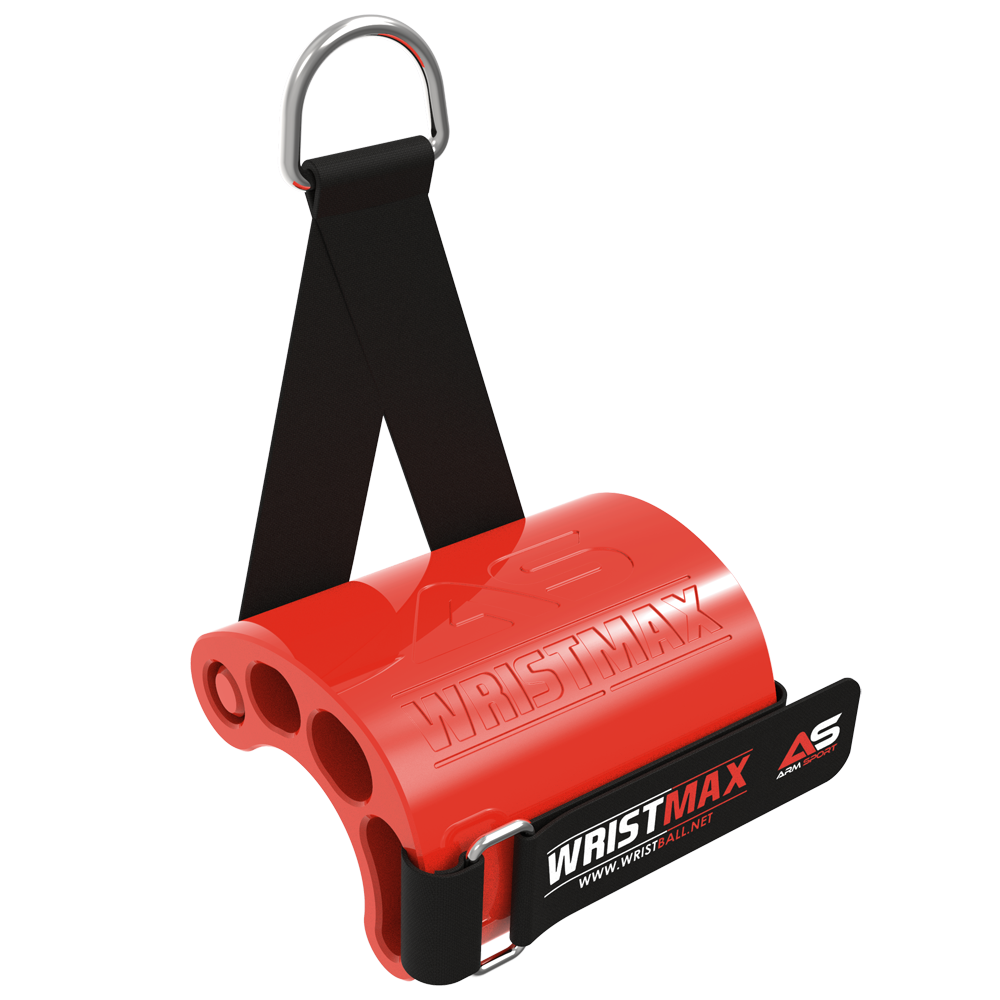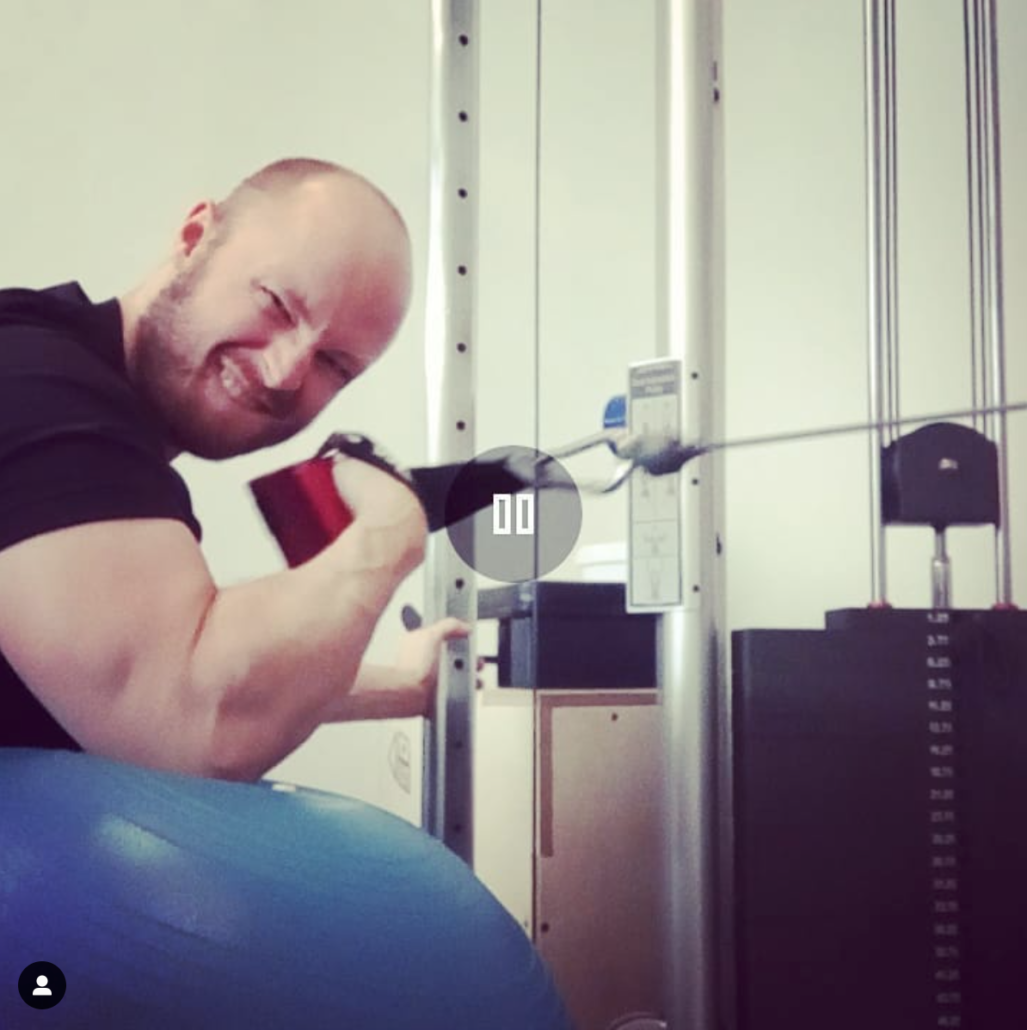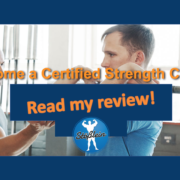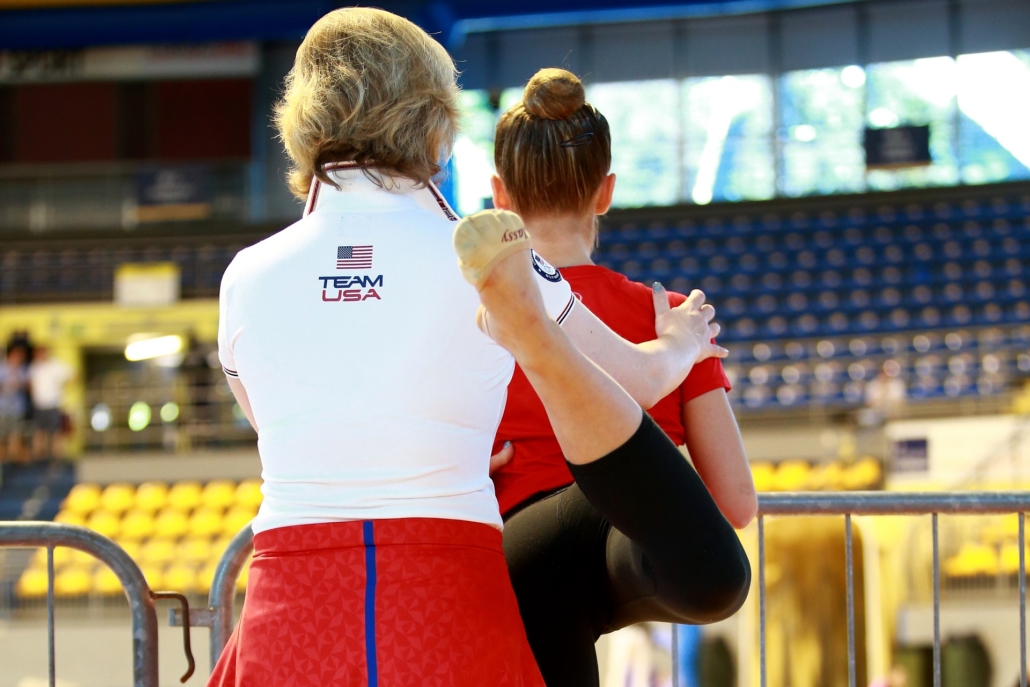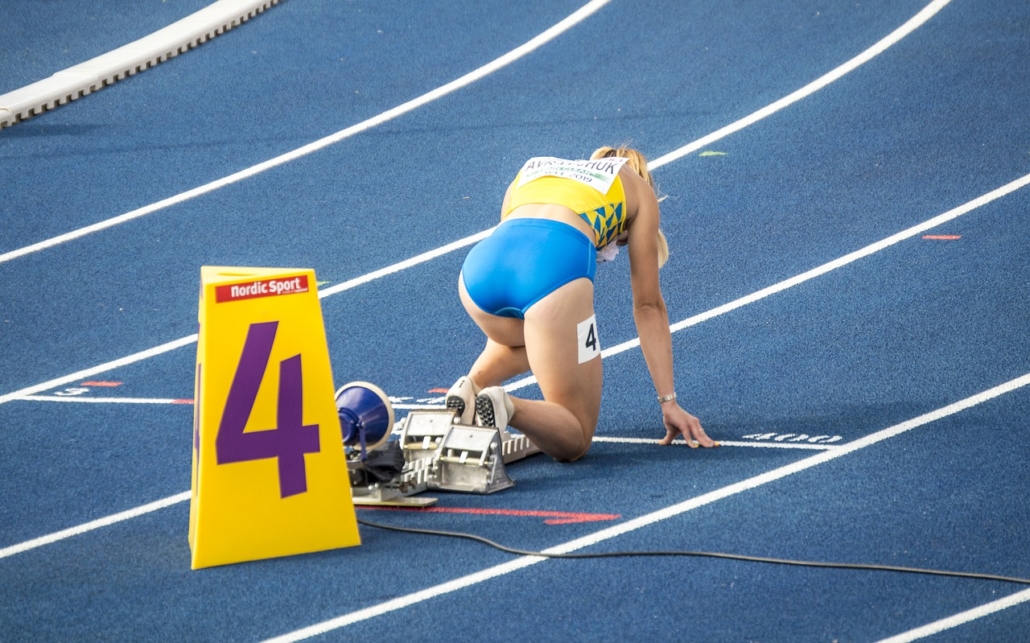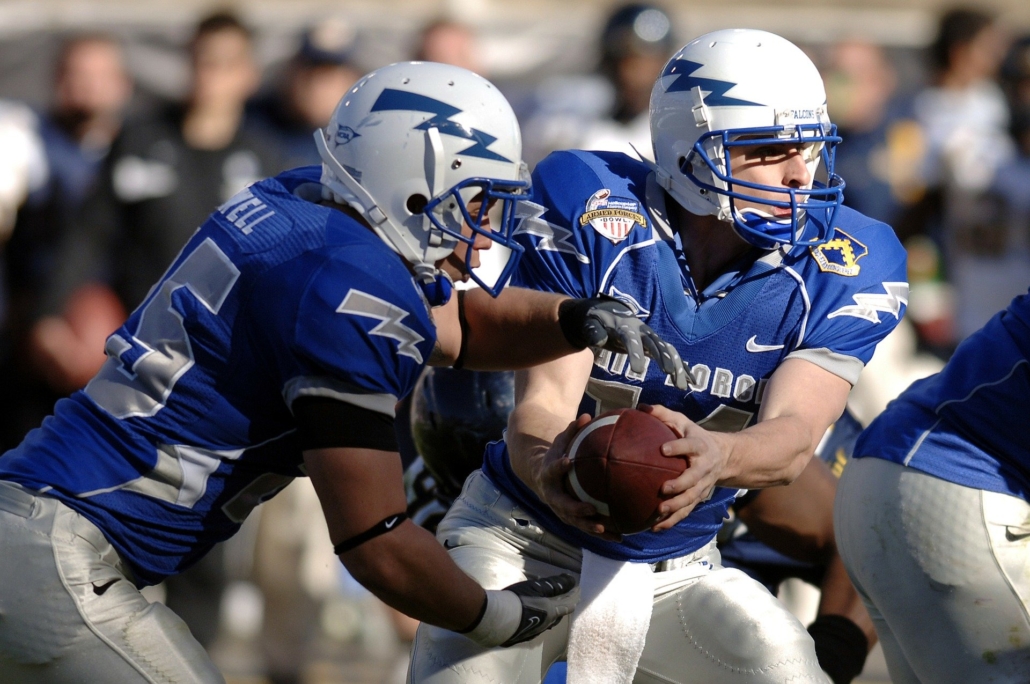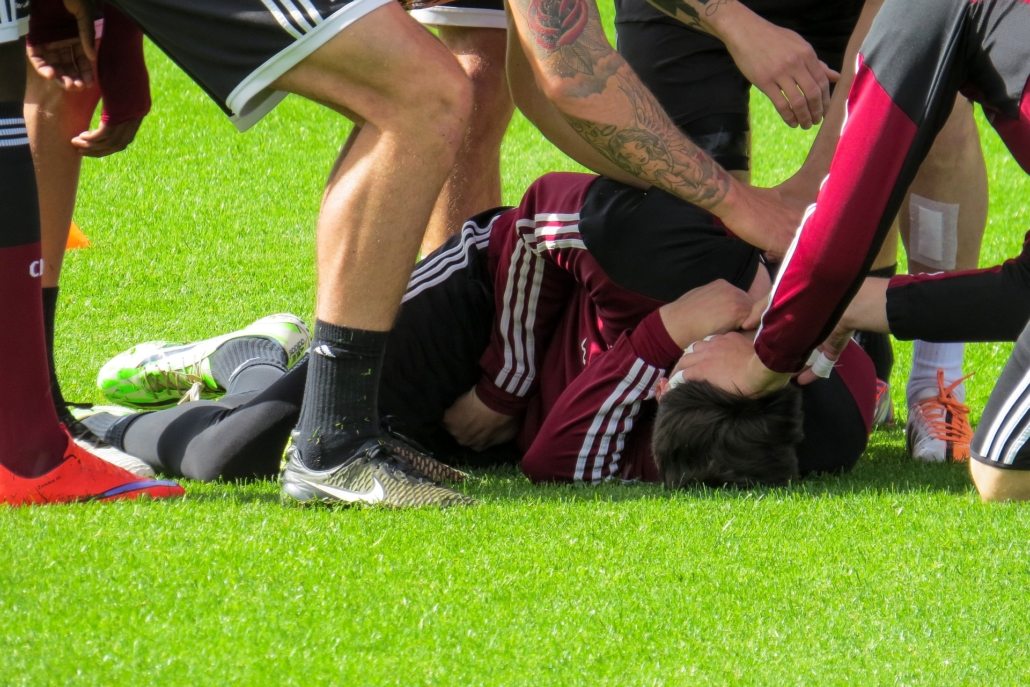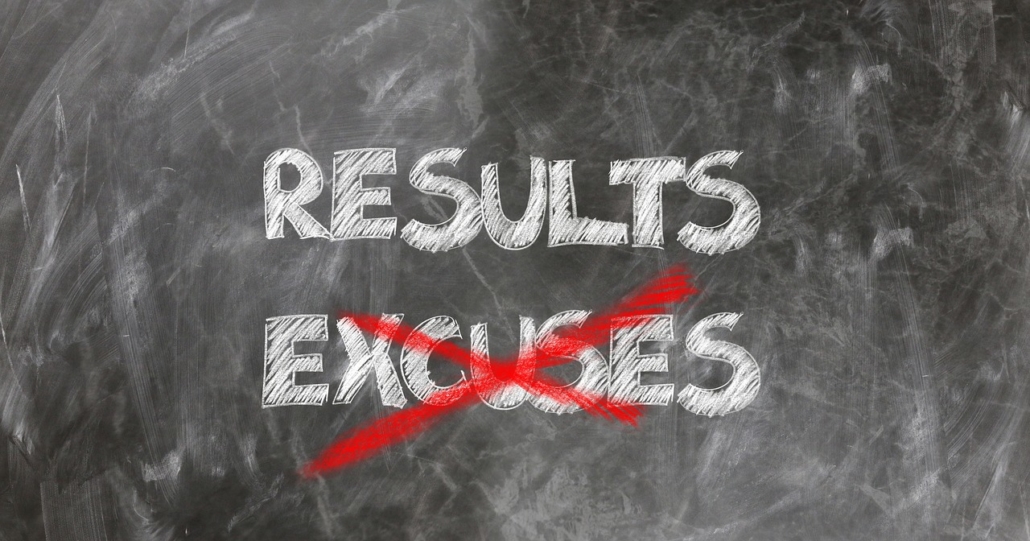Synctuition – Meditation is a spiritual technique of relaxation and introspection that has been practiced in many cultures for thousands of years. It teaches you to reach a state of mental quietness, “no mind” as Eckhardt Tolle calls it, respectively inwardly directed concentration and attention. Using suitable meditation techniques, you are able to influence or shape your external perceived and experienced, subjective “reality” by reprogramming your subconscious beliefs and stored behaviors. In this article you will find out why everyone should meditate, how you can benefit healthily and spiritually from it, and how you can use meditation techniques, like Synctuition to strengthen both your mind and your body. Because you don’t perceive the world as it is, but only depending on your own current inception! Let’s take a look inside yourself and you’ll be surprised what you might discover…
Synctuition Review – Why you should start meditating!
Meditation will make you more powerful than ever before!
If you follow my fitness blog, you will surely have already gained experience with training your physical body. But how about the training of your mind or your “consciousness”?
You are probably already dealing with the different facets of physical training, such as various training methods, training parameters, food supplements, forms of nutrition or special “tools”.
Everything including influences from your external (environment) world. But have you ever dealt with your internal influences? The power of your thoughts and how they have an impact on your life?
“Your inner world creates your outer world” (T. Harv Ecker)
Your thoughts create your reality
You can like him or not, but not only because of his sporting achievements everyone can learn from Arnold Schwarzenegger, even if you have no competition ambitions yourself. He is credited with the following quote:
“Bodybuilding is like any other sport. To be successful, you have to dedicate yourself 100% to your training, your diet and your mind. “
In this art icle we want to address the last point mentioned – the mind – and how you can take it to a whole new level through meditation.
Because only when your body and mind form a unit (are coherent) you can develop your full potential.
In addition to all the external influences that you can have on your body, it is the mind that is mostly neglected or underestimated. But a truly strong body is also animated by a strong spirit!
Meditation and sport
What do (strength) sport and meditation have in common?
At first you might not think much. Concentrated, motionless sitting with inward-directed attention (meditation) on the one side and lifting dumbbells on the other.
However, if one does not allow oneself to be confused by the obvious and looks deeper, not only common denominators can be recognized, but also additions and mutual influence / support.
By meditating regularly you can direct your focus from your outer to your inner world. You will learn to access your subconscious and to find out what moves you and which beliefs and behavioral patterns you live by.
All good things come in threes – even within the human brain
As is well known, all good things come in threes. It is the same – or similar – with your brain or your brains. Most because your brain is basically made up of three big parts.
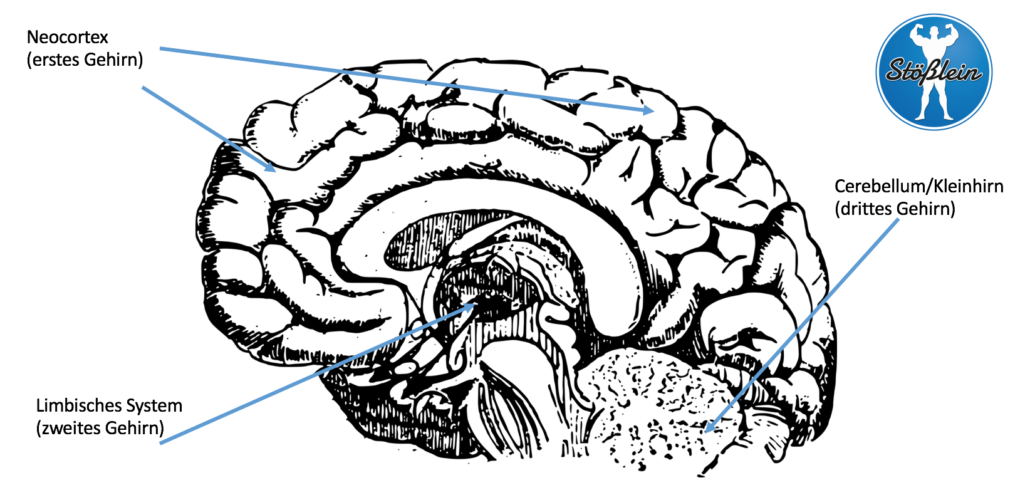
The neocortex (first brain), the limbic system (midbrain / second brain) and the cerebellum (cerebellum / third brain). There are of course different structures of the brain depending on the literature, for the sake of simplicity we will limit ourselves to the above-mentioned ones in this article.
Why we are concerned with the structure (simplified) of a human brain at this point is because we have to understand that we are not our thoughts, and much of what happens to us every day is attracted by unconscious thoughts/behavior patterns, respectively is not consciously thought/devised.
Your mind rules over matter (or the reality you perceive), but positive thinking alone is usually not enough; you should then use meditation or suitable meditation techniques for this.
Why positive thinking alone is probably not enough
The diagram above shows you the large area of the so-called neocortex, the seat of your conscious thinking. This makes up about 5% of your “consciousness”.
The remaining 95% are almost completely in the cerebellar convolutions (see picture).
Since this is a very complex topic, I don’t want to go into the structure of the brain too much in the context of this article.
However, it can be seen that – if your Conscious Mind is only 5%, positive thinking alone is not enough to realize or manifest actual changes in your life.
Example:
You exercise because you don’t want to be thin. So you say to yourself every day “I don’t want to be thin, that’s why I lift weights”. So now 5% of the neocortex is working (conscious thoughts that you are actively thinking).
In your subconscious, however, you have adopted something else, perhaps due to an experience / a belief system dating back decades, for example: “I am a failure and a weakling”.
This creates a huge inner conflict, in which the 5% of the new “positive” thinking have to face a superiority of 95% of the old “negative” thinking.
A hopeless fight? Not necessarily. Because through meditation you learn to access your subconscious mind (the divine in you), to determine old thought patterns / beliefs and to eliminate or replace them with new ones.
Meditation cleans your “hard disc drive”
Think of your brain as your body’s software / operating system (“computer”).
During meditation you will learn to search the operating system for “viruses” and then to clean your hard drive (brain). A process that will not work overnight, but should be carried out regularly.
The topic of body detoxification or “detox” as it is now called in modern German is on everyone’s lips these days and is used almost inflationary! Of course, this is useful and important and you can find out more about it here.
But when was the last time you “washed” your brain? (Of course in a positive sense) Never? The time has come! But not by mass media, the news manipulate you and tell you what to do and think, but by yourself.
Not by daily news and co., but by your own “inside look”!
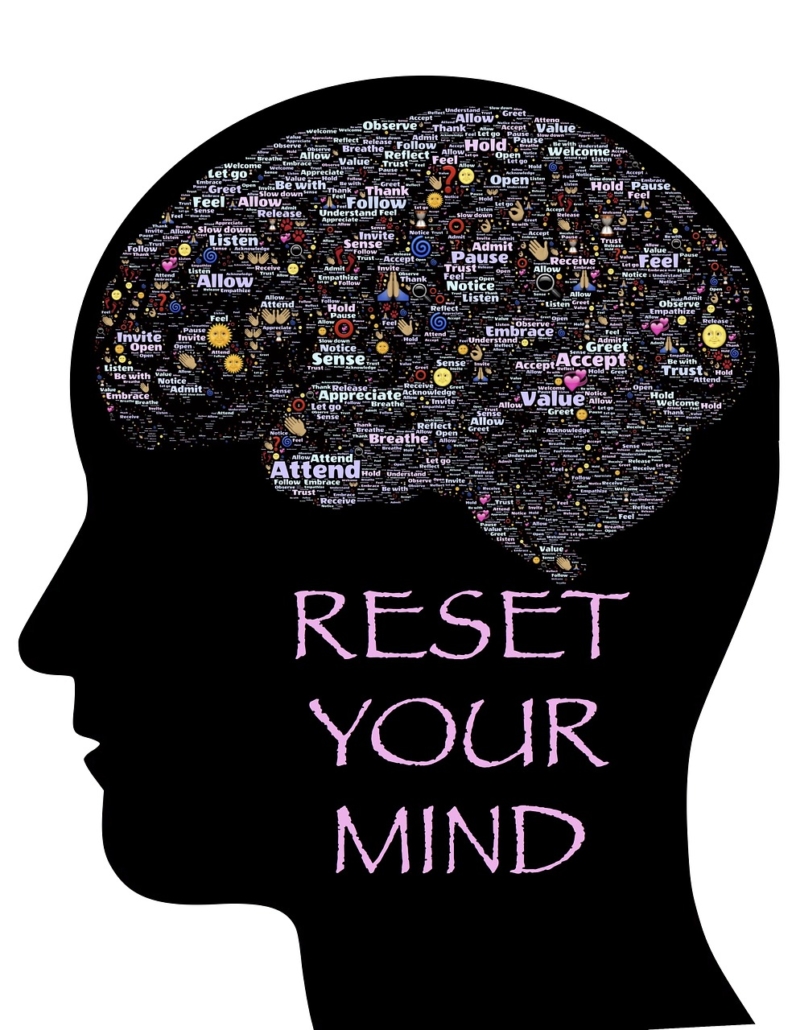
Which meditation is the “right one”?
As with so many things, there is no “right” or “wrong” in meditation. Ultimately, it is rather about ascending/transforming through/after a meditation as a different human being.
It is important for any meditation to do it free of distractions. Regardless of whether it is by family, friends, pets, cell phones, computers, etc. This time should only be yours and always take place in the same place, preferably in a dark place, free from wind, noise etc.
If you like, use a blindfold to keep your eyes away from visual distraction. Using a blindfold is much more convenient during meditation than just closing your eyes. Especially for beginners!
To answer the question of what’s the “best” meditation I would recommend you synctuition!
Why? Let me explain. Synctuition is probably the “most bang for your buck”. No matter if you are a complete novice to the topic of meditation or if you have already tried lots of meditational stuff.
Synctuition will probably blow my mind. I have been using it quite a while before writing this article and have already recommended it to clients and patients.
Working as a Strength and Conditioning Trainer and “Heilpraktiker” (Complementary and Alternative Medicine Practitioner) I see lots of people who are in a chronically stressed state (sympathicotone).
I always recommend them to integrate a form of daily meditation to find a simple but effective and non-supplement based approach of coping with the stressors in their lives.
But why Synctuition you ask? Well, because it follows the “Pareto Principle” (80-20 rule). You can choose every day among different meditations but I would recommend you just to follow the journey Synctuition has prepared for you.
Each meditation lasts about 25 minutes and you are not recommended to do more. You can only log into your account, respectively the meditational sounds once every 12 hours.
That’s an approach I really like, as more is not always better. Same when it comes to discovering your hidden potential and going on a quest/journey to your inner self. According to that Synctuition is a very clever, smart AND effective way of meditation.
What else is special? Well, they recommend you to do a short recording of your own voice initially.
This is to convert the meditation tracks into “tailor made” tracks for your brain, incorporating your own voice and using special (gamma) brain-waves, so-called “binaural beats”, to enhance your meditational experience!
Synctuition even claims that 25 minutes of their meditation is as equally effective as a 4 hour “conventional” meditation technique.
Well, to be honest, I cannot give you proof of that, but what I can tell you, from my own experience is: the 3D sounds they’re using are aaaaamaaaaaaaaaaazzzzzzing!
Of course you should not trust me, go and make your own experience. Synctuition will give you the possibility to test them 7 days for free!
Meditation is head and heart energy – together they stand
Thoughts in the brain – whether consciously or unconsciously – always run electronically or electrochemically. You can find out more about this here. Your heart rate is magnetic.
Through meditation you will learn to bring your head and heart back into harmony. Because if you think something but do not have the appropriate emotion (and vice versa) your wishes will not come true.
Unfortunately, many people are too trapped in their minds these days, that’s why we all too often only understand things but do not understand them!
The addiction to (unconscious) behavioral patterns
The reason why most people don’t develop is because their body is addicted to certain states of being.
So you think e.g. “I’m weak, a failure, I can’t do it anyway” etc. Each of these (or other thoughts) has a chemical influence on your organism / body, e.g. permanent stress hormones such as adrenaline or cortisol are released.
If this happens over days, years, months, years, decades, your body gets used to it in the truest sense of the word and recognizes this as the status quo, i.e. as normal.
If you now begin to determine such destructive behavior patterns / beliefs by meditation and to dissolve them using suitable techniques, your body will of course resist at first! Like a nicotine addict longing for his next cigarette.
But don’t let that confuse you and the best is to do your meditation every day!
By meditating daily you will not only improve your focus and all other areas of life during your training, but you will also learn to live in the “here and now”.
No more concentration problems, no more fears of thinking about a future you don’t want or a past that is long gone.
Synctuition – Synchronicity meets Intuition
There’s one point I haven’t mentioned so far.
What does “synctuition” actually mean? Well, being a true nerd of linguistics I looooove to decrypt terms! Therefore I’ll give you quite an etymological explanation of the constructed term Synctuition, from my perspective.
Synctuition derives from synchronicity and intuition. Pretty sure you figured that out on your own.
But what is a syn/chronicity? The term synchronicity derives from the Latin prefix syn = with, together, at the same time; and the Greek suffix chronos = time (Becher et al., 1995).
Therefore, a literal translation would be. “with time”…
According to the “father of synchronicity” Carl Gustav Jung, this term yet is described as:
“the coincidental occurrence of events and especially psychic events (such as similar thoughts in widely separated persons or a mental image of an unexpected event before it happens) that seem related but are not explained by conventional mechanisms of causality (…)” (Merriam-Webster).
Intuition, of course, and how could it be otherwise, also derives from Latin. Can it also be further decrypted? I’ll give it a try. To be fair, this is not backed up with 100% linguistical proof!
From my point of view in/tuition can further be broken down into the Latin prefix in = “into something”, on (Becher et al, 1995); and Latin tuitio = protection (Frag Cäsar).
Interesting. According to that, intuition would mean something like “ into protection”. Does this make sense? I think so! Think of intuition…what else could it be as your “inner voice” that prevents you from doing mistakes?
Of course Synctuition could also just mean syn = with + (in)tuition à Synctuition. Anyhow, I think it’s always interesting to know what all the terms mean in the context of meditation and beyond.
Synctuition Meditation Conclusion

As you can see, meditation is an extremely complex topic and the length of a single blog article is by far not sufficient to adequately present such an exciting but also multi-layered topic.
This article is intended to give you a first glimpse of this extremely useful and invigorating technique of “looking inside”.
Do not let yourself be influenced too much by your external world and learn that ultimately everything is a manifestation of your conscious / unconscious thoughts.
A very exciting field that even leads you into the world of quantum physics, in which you learn that all possibilities of our “reality” ultimately exist at the same time and that our idea of linear time is most likely wrong.
You decide for yourself how deep you want to go down the “rabbit hole” and you will be surprised and fascinated by what awaits you on your spiritual journey.
As an introduction to this topic I highly recommend you to start with Synctuition. Is it worth the investment? Well, there’s always only a subjective answer to such a question. Nevertheless, I think it is an investment as it could bring you a huge return on investment!
Investing 25 minutes a day could lower your stress-levels, might support your immune system, could contribute to discover your own subconscious beliefs and sooooo much more.
Synctuition charges about 100$ per year, which makes it about 8,33$/month. If you stick to the program and meditate every day this is about 1,92$/week, which will “cost” you 0,275$/single meditation! This is a ridiculous amount of 0,010997$/minute of meditation!!! Think of that!
© HP Bernd Stößlein, Master of Business Administration in Sportmanagement.
If you liked this article please share it with your friends, subscribe to the newsletter and the blog.
If you like to book a professional online/offline consultation please feel free to contact me:
Literature
Lateinisch- griechischer Wortschatz in der Medizin, S. 59.
Lateinisch- griechischer Wortschatz in der Medizin, S. 102.
Lateinisch- griechischer Wortschatz in der Medizin, S. 218.
Synchronicity, source: https://www.merriam-webster.com/dictionary/synchronicity, access from 21.08.2020.
Tuitio, source: https://www.frag-caesar.de/lateinwoerterbuch/tuitio-uebersetzung.html,
access from 21.08.2020.

